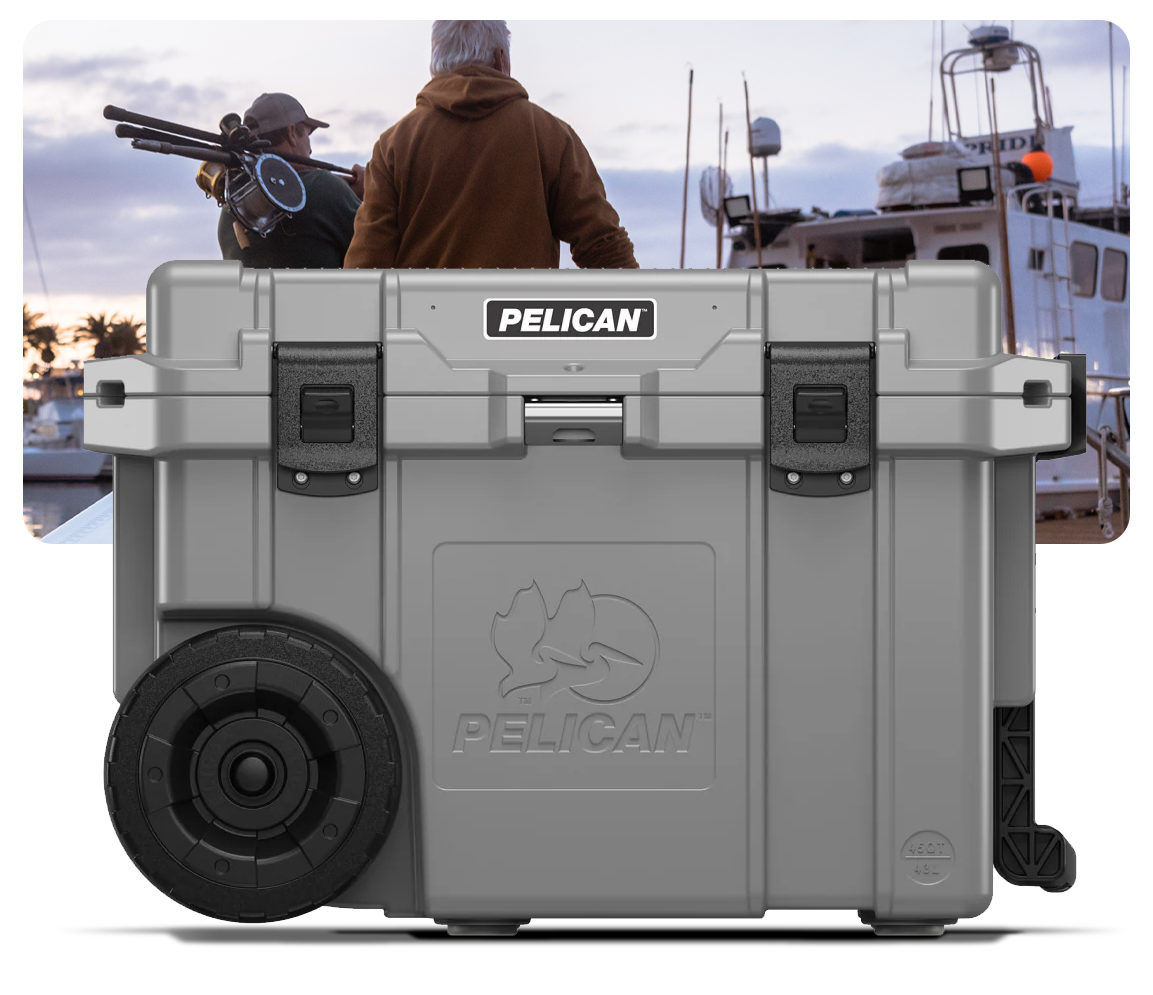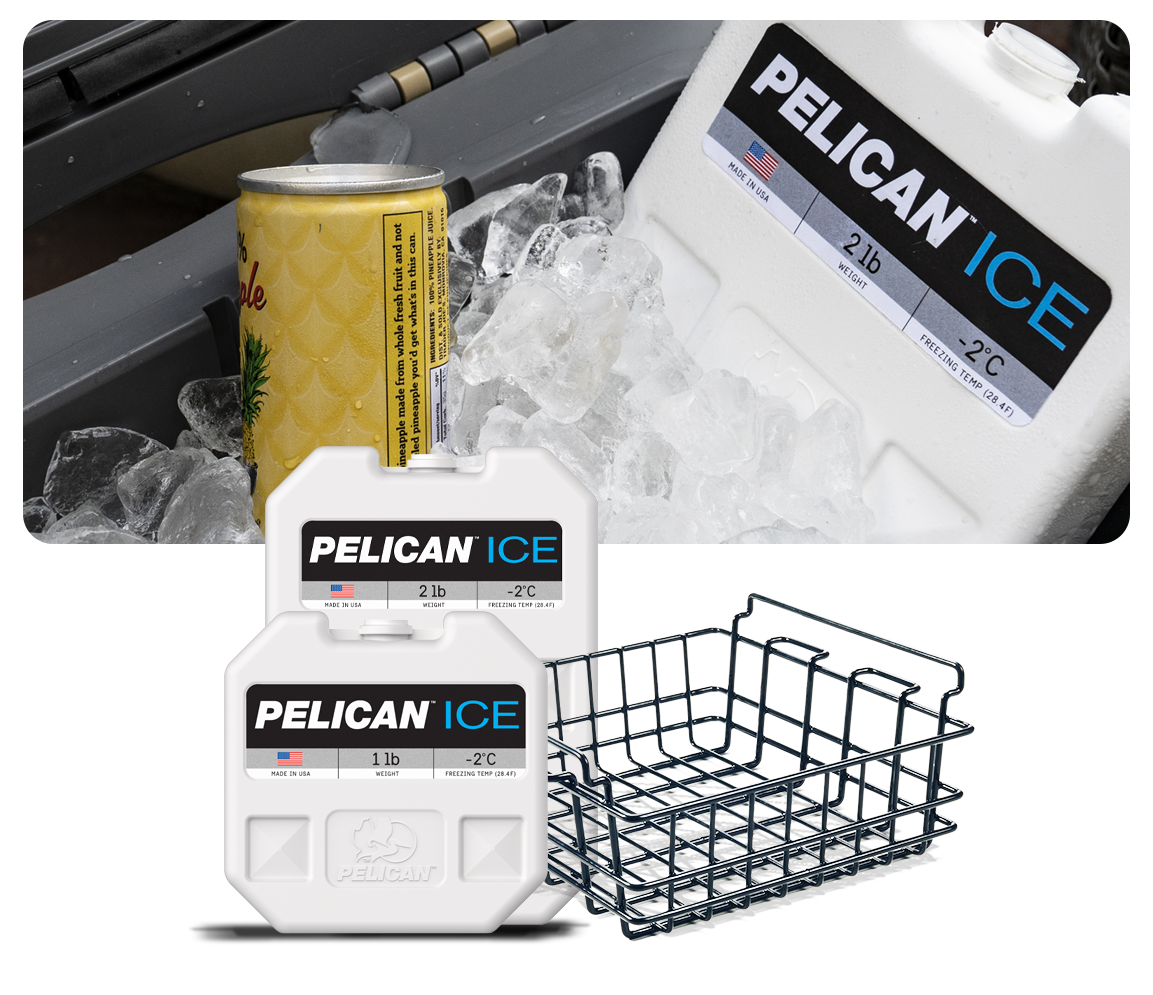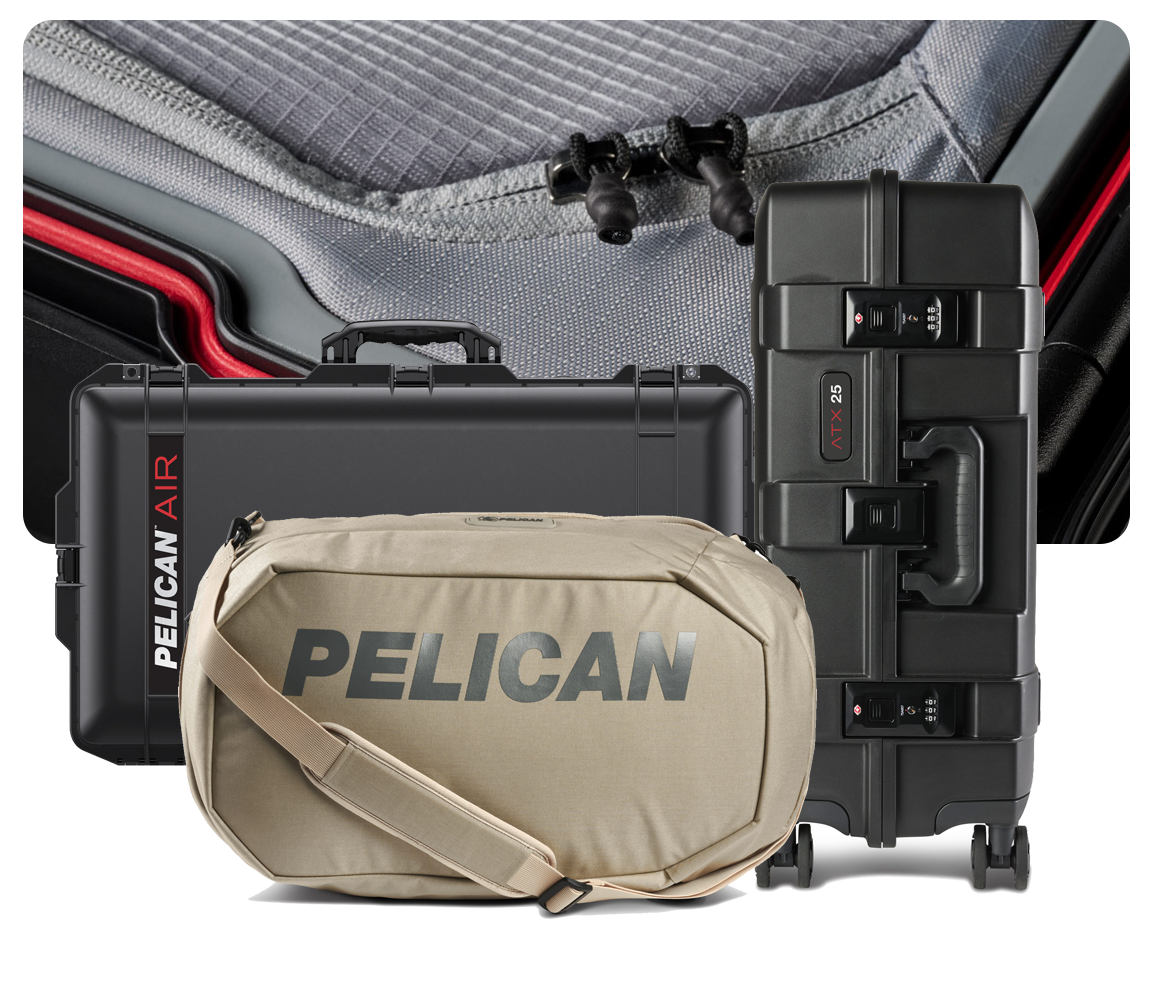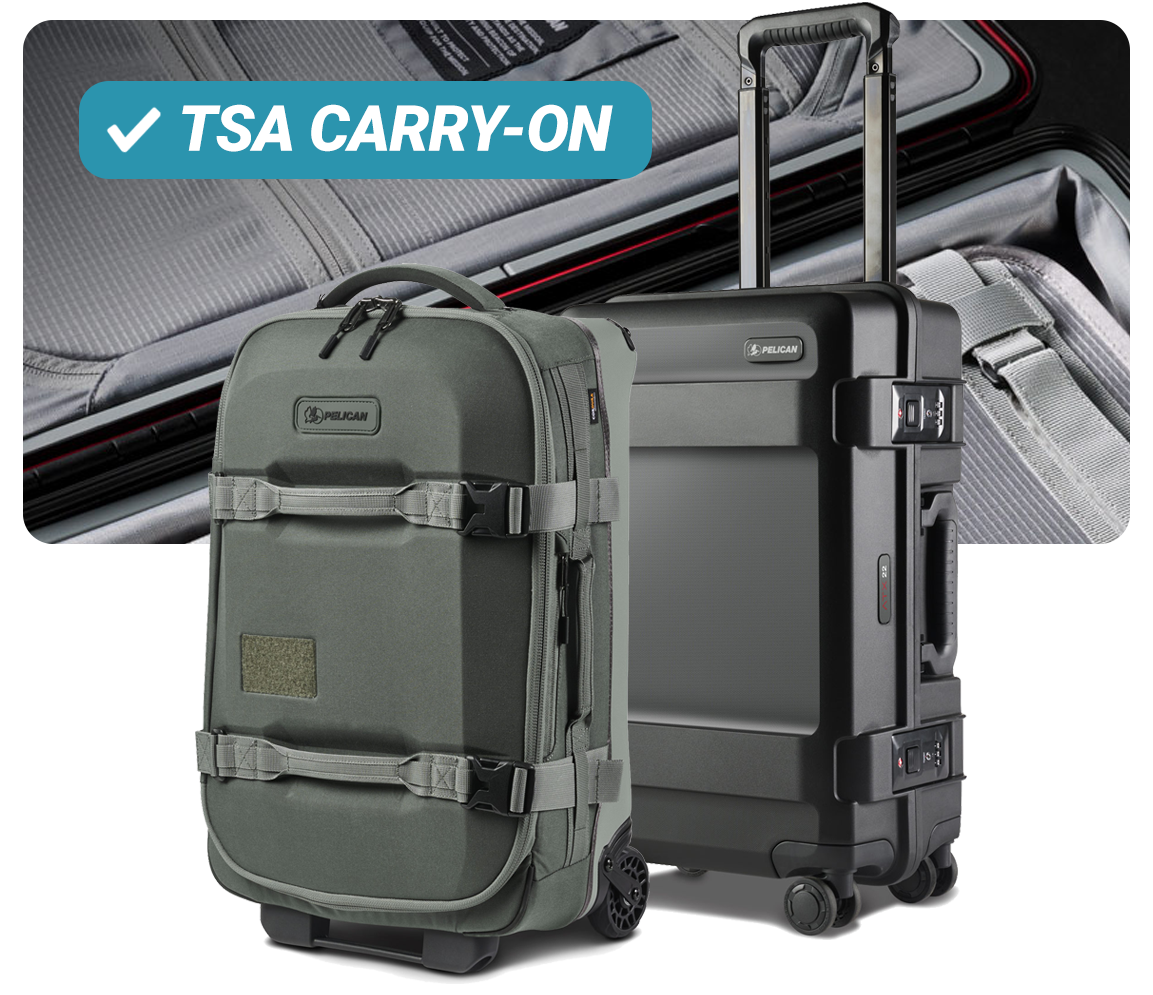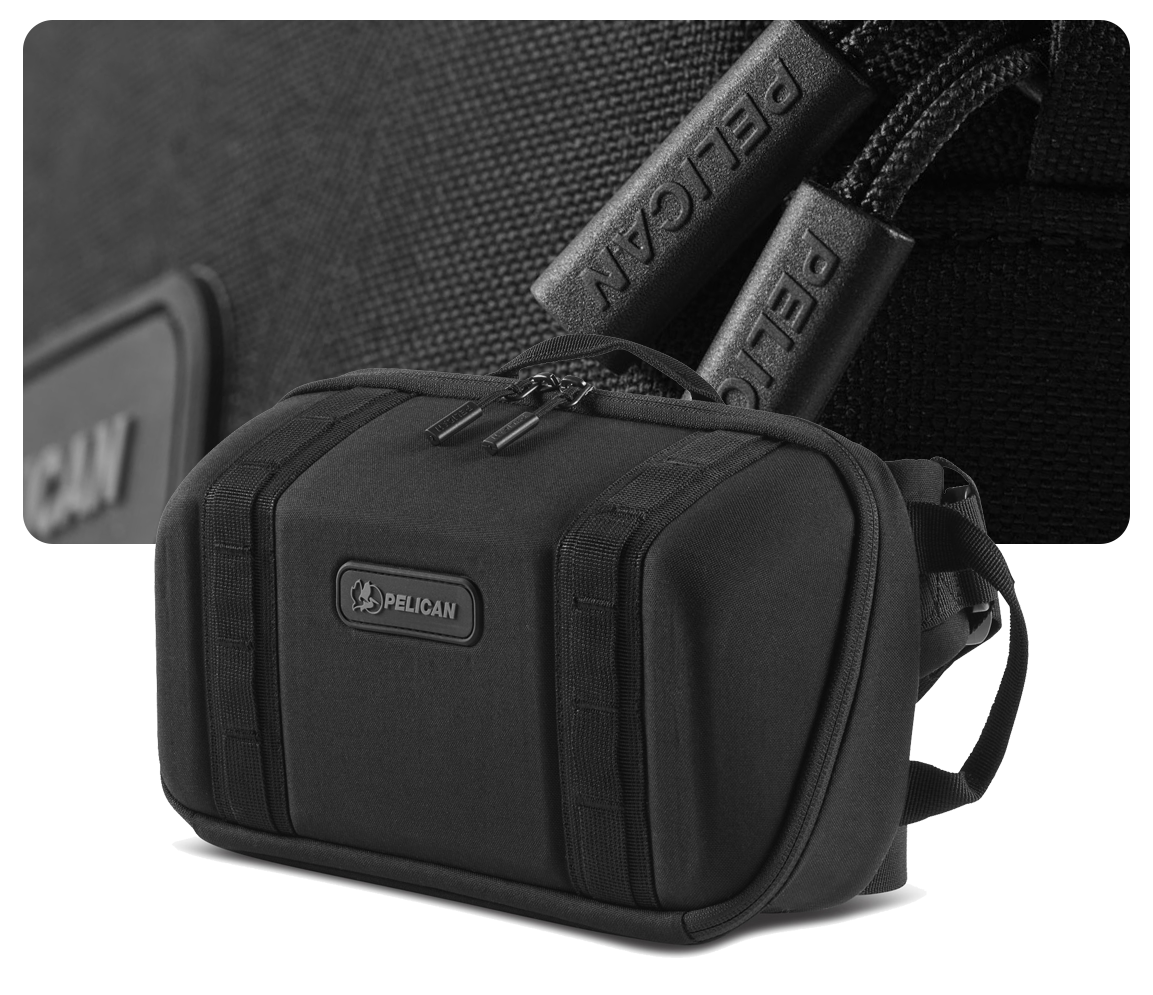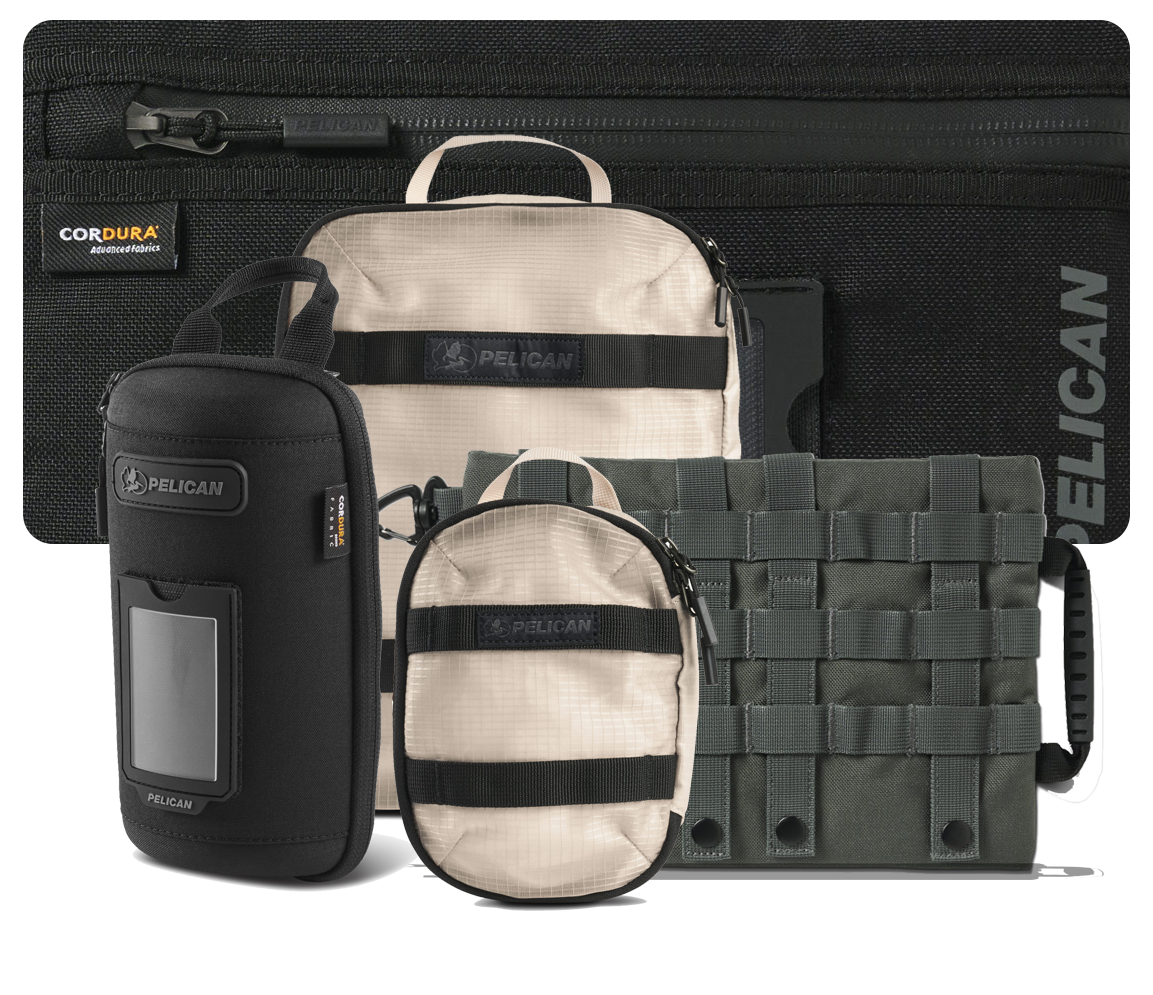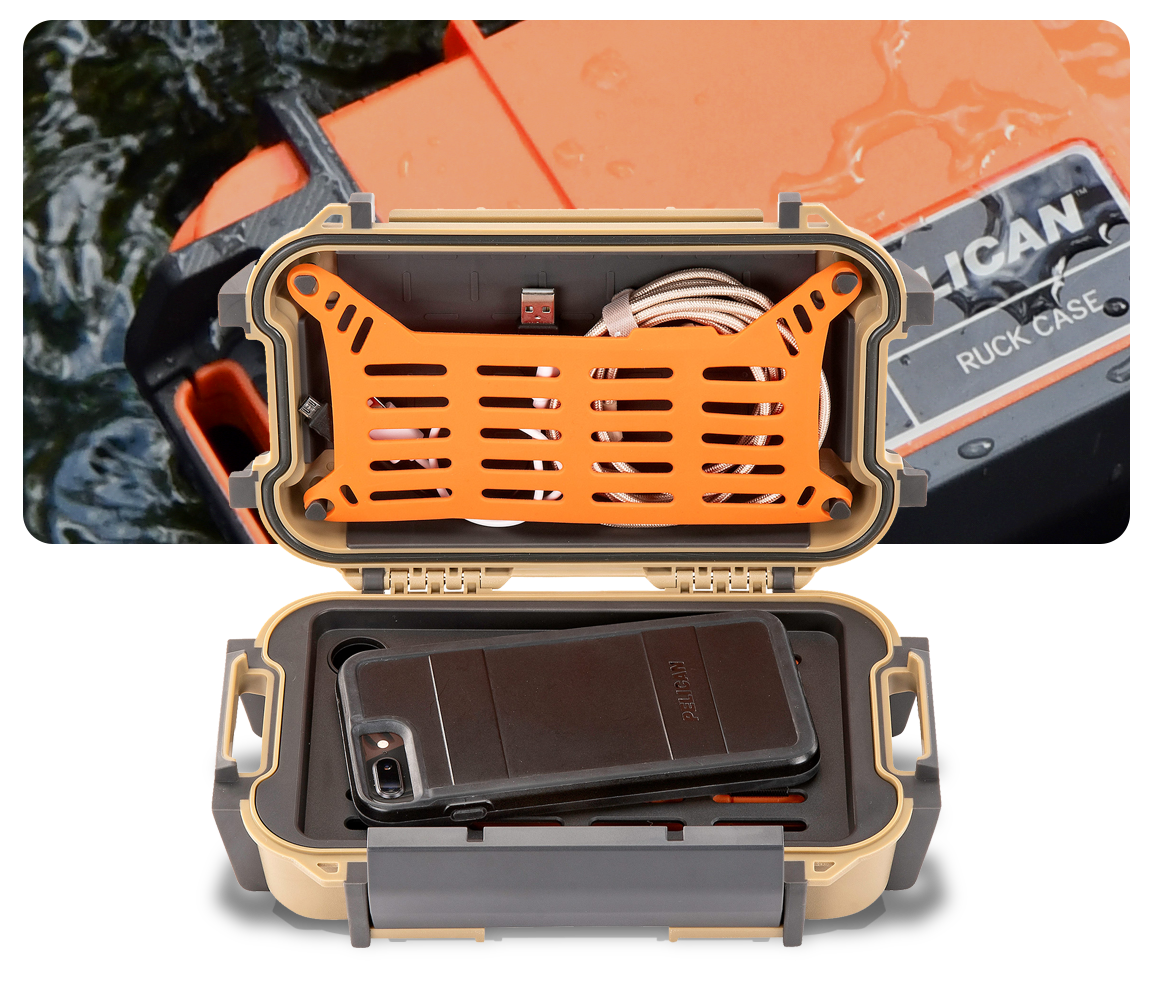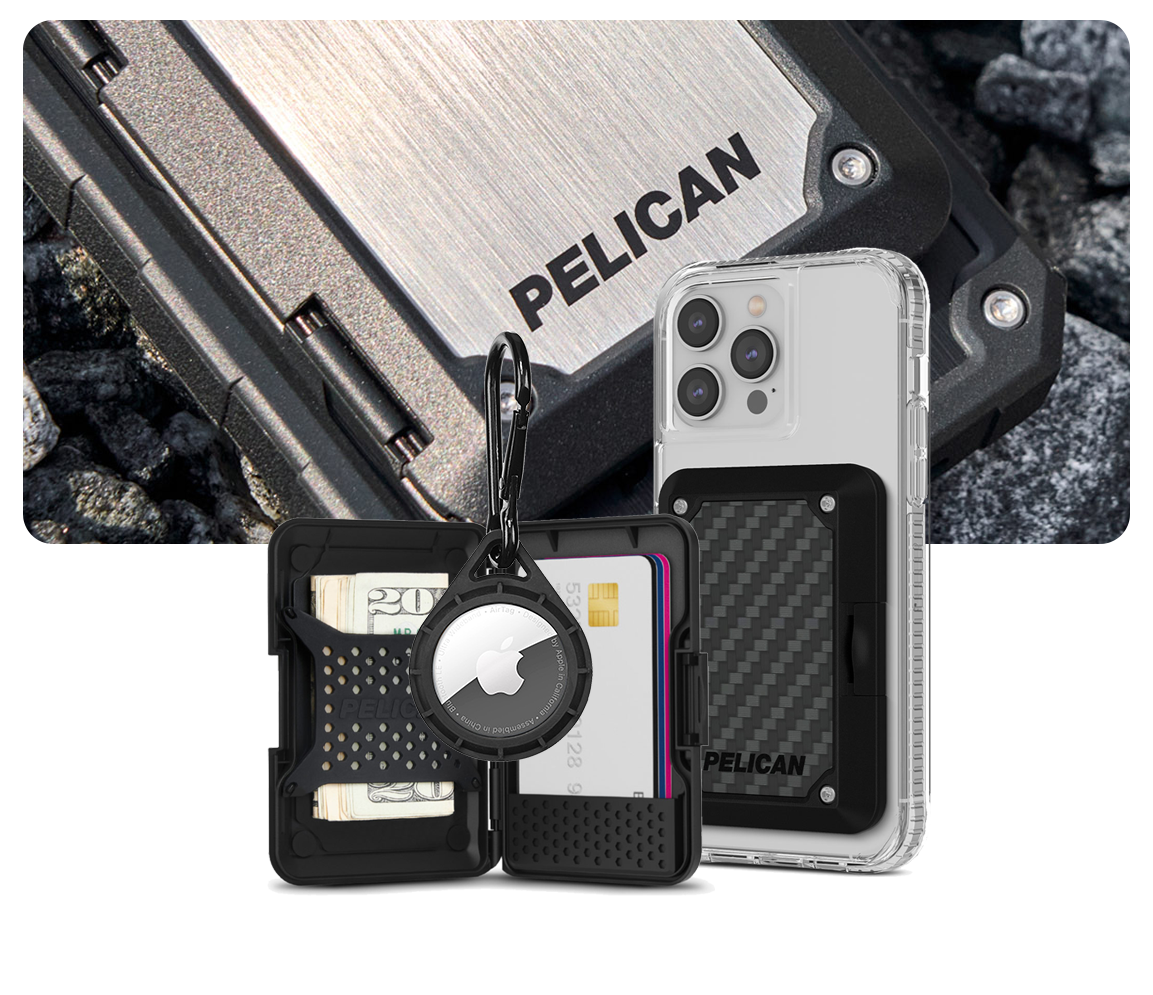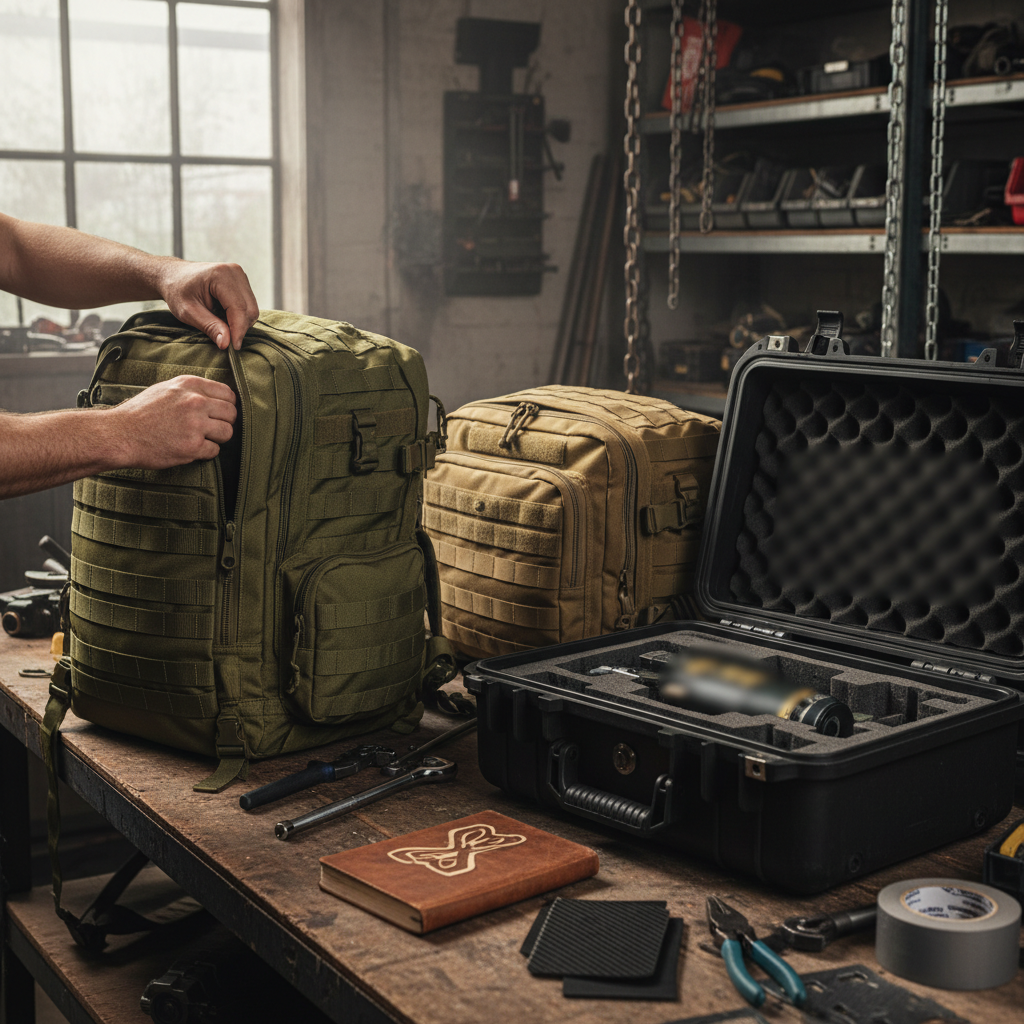Mastering Travel: The Indispensable Guide to Impact-Resistant Cases
Protect Your Valuables: Navigating the World of Durable Luggage for Every Journey
Quick Summary / Key Takeaways
- Impact-resistant travel cases are engineered with advanced materials like polycarbonate and aluminum to withstand drops, impacts, and rough handling, crucial for protecting contents.
- Selecting the right case involves balancing material strength, weight, capacity, and security features like TSA-approved locks and robust zippers or latches.
- While often an investment, the long-term cost savings from avoiding damaged belongings and replacing less durable luggage make impact-resistant cases a wise choice for frequent travelers.
- Hard-sided cases generally offer superior impact resistance compared to soft-sided alternatives, providing a rigid shell that disperses force more effectively.
- Beyond material, features like reinforced corners, double spinner wheels, and sturdy telescoping handles significantly contribute to a case's overall durability and user experience.
Introduction
As a seasoned traveler, I've seen it all: luggage mangled on carousels, precious cargo shattered, and the sheer frustration of a trip marred by damaged essentials. It's a tale as old as travel itself, but in today's world of advanced materials and smart design, it doesn't have to be your story. We often invest heavily in our travel experiences—flights, hotels, excursions—yet sometimes overlook the humble guardian of our belongings: the travel case. A cheap, flimsy suitcase might save you a few dollars upfront, but the cost of replacing a broken laptop or a ruined souvenir far outweighs that initial 'saving.' This guide isn't just about buying a suitcase; it's about making an informed investment in peace of mind. We'll delve into the science of resilience, the aesthetics of durability, and the practicalities of choosing a travel companion that will stand strong against the inevitable bumps and tumbles of the road. Let's explore how to equip yourself with luggage that not only carries your essentials but truly protects them, trip after trip.
Common Impact-Resistant Materials Comparison
| Material Type | Durability Score (1-5) | Weight Class | Typical Price Range |
|---|---|---|---|
| Polycarbonate | 4.5 | Light-Medium | Mid-High |
| Aluminum | 5.0 | Medium-Heavy | High-Premium |
| ABS Plastic | 3.5 | Light | Entry-Mid |
| Curv® Material | 4.8 | Ultra-Light | Premium |
Key Features of a Superior Impact-Resistant Case
| Feature | Benefit for Durability | Impact on User Experience | Typical Availability |
|---|---|---|---|
| Reinforced Corners | Absorbs direct corner impacts | Reduces visible wear and tear | Mid-High End Cases |
| Double Spinner Wheels | Distributes weight, smooth glide | Effortless maneuverability | Most Modern Cases |
| Telescoping Handle | Strong aluminum, minimal wobble | Comfortable, reliable control | Quality Cases |
| Water-Resistant Seal | Protects contents from moisture | Peace of mind in rain/spills | Specialty/Premium Cases |
Application Preparation Checklist
- Research case materials and features based on your travel style (e.g., frequent flyer vs. occasional road tripper).
- Compare various brands for warranty, customer service, and real-world durability reviews.
- Consider your typical packing needs to determine appropriate size and internal organization.
- Invest in TSA-approved locks or integrated lock systems for security compliance.
Post-Arrival Checklist
- Clean your case after each trip, especially wheels and exterior, to remove dirt and grime.
- Inspect for any minor damage like scuffs or loose parts and address them proactively.
- Store your case properly in a cool, dry place away from direct sunlight to preserve material integrity.
- Periodically check the functionality of zippers, latches, and telescoping handles.
Table of Contents
Section 1: Understanding Durability in Travel Cases
- What defines an impact-resistant travel case?
- How do different materials contribute to a case's durability?
- Are hard-sided cases always more impact-resistant than soft-sided ones?
- What role do zippers and latches play in a case's overall resilience?
Section 2: Choosing Your Impact-Resistant Companion
- What specific features should I look for in an impact-resistant case?
- How do I balance weight and durability when selecting luggage?
- Is there a correlation between price and impact resistance?
- What size impact-resistant case is best for different types of travel?
- How important are wheels and handles for the longevity of a case?
Section 3: Maximizing the Life of Your Durable Luggage
- What are the best practices for packing an impact-resistant case?
- How should I care for and maintain my impact-resistant travel case?
- Do warranties typically cover impact damage for these cases?
- Can impact-resistant cases withstand extreme weather conditions?
- Are there any common misconceptions about the durability of modern luggage?
Frequently Asked Questions
Section 1: Understanding Durability in Travel Cases
FAQ 1: What defines an impact-resistant travel case?
An impact-resistant travel case is primarily defined by its ability to absorb and distribute force from drops, bumps, and rough handling without compromising its structural integrity or the contents within. This resilience stems from advanced materials like polycarbonate or aluminum and reinforced structural design. Key elements include a robust shell that resists cracking, strong frame components, and reliable closures that prevent bursting open. It's designed to protect your valuables from the rigors of travel, offering peace of mind even with baggage handlers.
FAQ 2: How do different materials contribute to a case's durability?
Different materials contribute to a case's durability through varying properties of strength, flexibility, and scratch resistance. Polycarbonate offers excellent impact resistance due to its flexibility and ability to 'flex' and absorb shock without shattering, while aluminum provides superior rigidity and crush resistance, albeit at a higher weight. ABS plastic is lighter and more affordable but generally less durable than polycarbonate, prone to cracking under severe stress. Curv® material is a premium woven polypropylene, offering exceptional strength-to-weight ratio, combining flexibility with extreme impact absorption.
FAQ 3: Are hard-sided cases always more impact-resistant than soft-sided ones?
Generally, hard-sided cases offer superior impact resistance compared to soft-sided ones because their rigid shell provides a strong barrier that disperses force more effectively. This solid exterior prevents punctures, crushing, and keeps contents more secure against direct impacts, unlike fabric which can compress and transfer force directly to items inside. However, high-quality soft-sided cases with dense ballistic nylon and internal frames can offer decent protection against scuffs and minor bumps. For truly severe impacts, the structural integrity of a hard shell is usually unmatched.
FAQ 4: What role do zippers and latches play in a case's overall resilience?
Zippers and latches play a critical role in a case's overall resilience by securing its contents and preventing accidental opening, especially under impact or stress. High-quality self-repairing YKK zippers or sturdy, recessed latches are essential for ensuring the case remains closed even when dropped or stacked. Inferior zippers can burst open, leaving contents exposed, while weak latches can bend or snap, compromising the entire case's protective capabilities. Many premium impact-resistant cases feature a combination of water-resistant zippers or multiple point locking latches for enhanced security and durability.
Section 2: Choosing Your Impact-Resistant Companion
FAQ 5: What specific features should I look for in an impact-resistant case?
When choosing an impact-resistant case, prioritize features like reinforced corners, which are common impact points, and a robust, multi-stage telescoping handle made from aircraft-grade aluminum. Double spinner wheels that distribute weight and glide smoothly over various terrains are crucial for longevity and ease of use. Additionally, look for integrated TSA-approved locks, water-resistant seals or zippers, and interior compression straps that help stabilize contents, preventing shifting damage. A quality lining also protects your items from internal abrasion.
FAQ 6: How do I balance weight and durability when selecting luggage?
Balancing weight and durability when selecting luggage involves understanding material science and your typical travel needs. Lighter materials like polycarbonate or Curv® offer excellent impact resistance for their weight, making them ideal for air travel where weight limits are strict. While aluminum cases are incredibly durable and crush-resistant, they are inherently heavier, which can be a disadvantage for packing limits. Consider the frequency and nature of your travel; for occasional, light trips, a slightly less robust but lighter case might suffice, but for frequent, demanding journeys, prioritizing durability over minimal weight savings is often wise.
FAQ 7: Is there a correlation between price and impact resistance?
Yes, there is a strong correlation between price and the level of impact resistance in travel cases, as higher prices typically reflect superior materials, construction, and design. Premium impact-resistant cases utilize advanced polymers, aerospace-grade aluminum, and meticulous manufacturing processes that cost more to produce but yield significantly more durable results. While budget cases might appear robust, they often use lower-grade plastics or thinner materials that crack or warp more easily under stress. Investing more upfront usually translates to greater longevity, fewer repairs, and better protection for your belongings, making it a cost-effective choice in the long run.
FAQ 8: What size impact-resistant case is best for different types of travel?
The best size impact-resistant case depends entirely on the duration and nature of your travel. For short weekend trips or as a carry-on, a 20-22 inch spinner is ideal, offering compact durability. A 24-27 inch case is perfect for a week-long journey, providing ample space while remaining manageable. For extended international travel or family trips, a 28-32 inch checked bag offers maximum capacity. Always consider airline size restrictions, especially for carry-ons, to avoid last-minute gate checks. The key is to match the case size to your packing habits and the length of your adventure.
FAQ 9: How important are wheels and handles for the longevity of a case?
Wheels and handles are critically important for the longevity and usability of any travel case, especially an impact-resistant one. The most robust shell means little if the wheels seize up or the handle snaps after a few trips. High-quality double spinner wheels made from durable rubber or polyurethane, often recessed into the case, provide smooth maneuverability and resist breakage. A sturdy, multi-stage telescoping handle, preferably with minimal wobble, should be made of strong aluminum and securely attached to the case's frame to withstand constant pulling and pushing. These components are often the first to fail on lesser quality luggage.
Section 3: Maximizing the Life of Your Durable Luggage
FAQ 10: What are the best practices for packing an impact-resistant case?
The best practices for packing an impact-resistant case involve utilizing internal compression and smart organization to secure contents and distribute weight evenly. Use packing cubes to compartmentalize items, which prevents shifting and reduces internal impact. Place heavier items towards the bottom near the wheels for better balance and stability. Utilize the case's internal compression straps to cinch down your belongings, minimizing movement within the shell. Avoiding overpacking is also crucial, as excessive pressure can strain zippers, latches, and even the case material itself over time.
FAQ 11: How should I care for and maintain my impact-resistant travel case?
To maximize the life of your impact-resistant travel case, regular cleaning and inspection are essential. After each trip, wipe down the exterior with a damp cloth to remove dirt, grime, and scuffs, potentially using a mild soap for tougher marks. Pay special attention to cleaning the wheels, removing any debris that could impede their function. Periodically lubricate zippers with a silicone-based spray and check all moving parts like handles and latches for looseness or damage. Store the case in a cool, dry place away from direct sunlight, which can degrade certain plastics over time. Promptly addressing minor issues can prevent them from becoming major problems.
FAQ 12: Do warranties typically cover impact damage for these cases?
Warranties for impact-resistant cases vary significantly by brand, but many reputable manufacturers offer robust warranties that do cover impact damage. These warranties often differentiate between manufacturing defects and airline handling damage. Some premium brands offer limited lifetime warranties that specifically include damage from airline mishandling, acknowledging the realities of travel. However, normal wear and tear or cosmetic damage like scratches are usually excluded. Always read the specific warranty terms carefully before purchase to understand what is covered and the process for making a claim, as this can be a crucial indicator of a brand's confidence in its product's durability.
FAQ 13: Can impact-resistant cases withstand extreme weather conditions?
While impact-resistant cases are designed to be robust, their ability to withstand extreme weather conditions largely depends on their specific features and materials. Many hard-sided cases offer a good degree of water resistance, especially those with rubber gaskets or water-resistant zippers, protecting contents from rain or splashes. However, most are not fully waterproof and prolonged exposure to heavy downpours can still result in moisture intrusion. Extreme cold can make certain plastics more brittle, increasing the risk of cracking on impact, while prolonged direct sunlight can degrade colors and material integrity. Look for cases with specific weather-sealing features if you frequently travel to challenging climates.
FAQ 14: Are there any common misconceptions about the durability of modern luggage?
A common misconception about the durability of modern luggage is that 'hard-sided always means indestructible,' which isn't always true; material quality significantly impacts resilience. Another is that 'any warranty covers everything,' when often only manufacturing defects are included, not airline damage or normal wear. Many believe that 'more expensive always equals better,' but while there's a correlation, value is in specific features and materials, not just price. Finally, the idea that 'luggage is a one-time purchase' overlooks the importance of proper care and maintenance in extending its lifespan, even for the most durable cases.
FAQ 15: Why is investing in an impact-resistant travel case a smart choice?
Investing in an impact-resistant travel case is a smart choice because it offers unparalleled protection for your valuables, saves money in the long run by preventing damage and replacements, and provides peace of mind. While the upfront cost might be higher, avoiding the expense of replacing a broken laptop, shattered souvenirs, or purchasing new luggage every year makes it a financially sound decision. Furthermore, these cases are designed for longevity, reducing waste and supporting more sustainable travel practices. It's an investment in the security of your belongings and the smooth enjoyment of your journeys.



